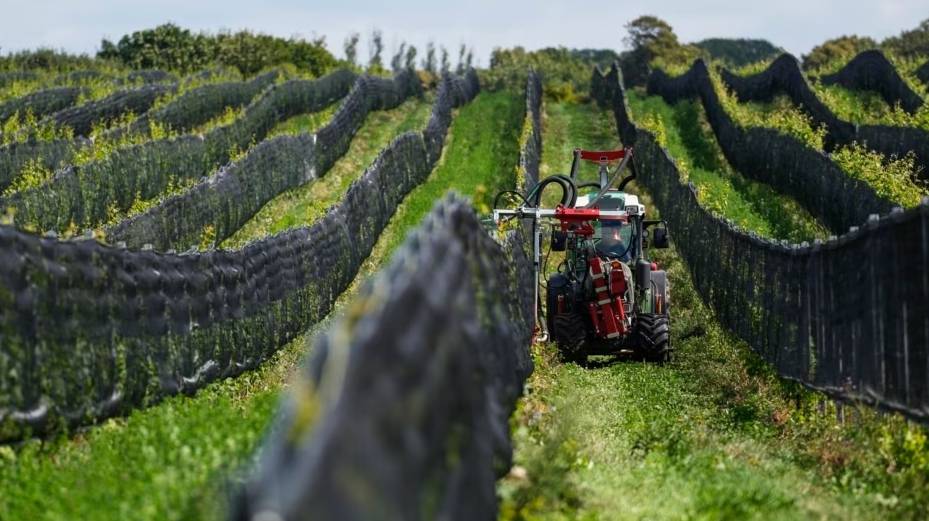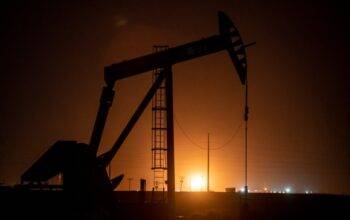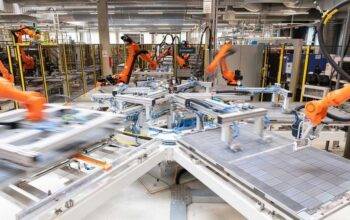The association between Sweden and the esteemed tradition of winemaking might not be an obvious one. Sweden lies considerably north of the renowned wine regions in countries like France, Italy, or Spain, where this age-old tradition thrives.
Nonetheless, the effects of climate change are ushering in warmer and extended growing seasons in Sweden. Additionally, specific grape varieties tailored to the country’s unique environment have been developed.
Consequently, the winemaking sector is experiencing significant expansion. This growth coincides with the need for traditional winemaking regions to reconsider their cultivation practices due to challenges like drought, escalating temperatures, and other extreme weather events.
According to data from the Swedish Meteorological and Hydrological Institute, temperatures in the southern part of the country have risen by approximately 2 degrees Celsius in the last three decades compared to the preceding 30 years. Furthermore, experts note that Sweden’s growing season has extended by approximately 20 days.
Felix Åhrberg serves as the head oenologist, the expert winemaker, at Kullabergs Vingard, a 14-hectare vineyard located near the North Sea.
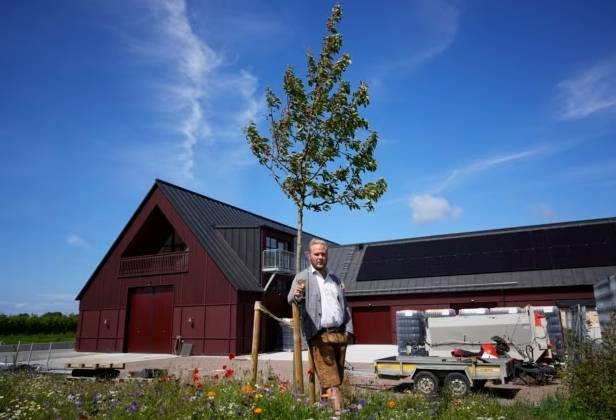
He observed that the increasing temperatures pose challenges to vineyards in established winemaking regions. Simultaneously, he remarked, “We are building momentum” in our own vineyard.
Kullabergs Vingard produces approximately 30,000 bottles of wine annually, with some of their wines earning accolades in various competitions. Their wine is also featured on the menus of upscale restaurants, spanning from Hong Kong to Europe. Interestingly, a few French oenologists have even chosen to relocate to Sweden to pursue grape cultivation and further their careers in this burgeoning industry.
“As the newest frontier in winemaking, the coolest frontiers produce the finest grapes,” Åhrberg emphasized.
Emma Berto, originally from France, exemplifies this trend as she now practices her winemaking craft at Thora Vingard, situated approximately 20 kilometers away from Åhrberg’s vineyard.
After completing their education, she and her partner, Romain Chichery, made the decision to relocate to Sweden in pursuit of the opportunity to manage a vineyard. They contend that Sweden’s climate offers more reliability compared to France’s. In France, early spring weather can sometimes turn excessively warm, causing the grapes to initiate development prematurely.
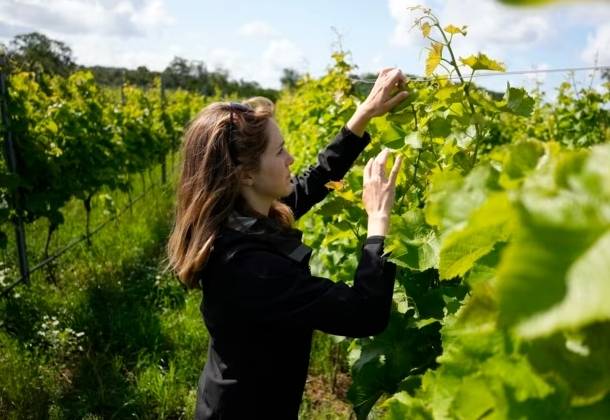
Furthermore, Berto and Chichery expressed their desire to implement more sustainable grape cultivation practices, such as reducing the use of insecticides. Chichery pointed out that France’s extensive history of winemaking has resulted in numerous regulations that vintners must adhere to. In contrast, Sweden’s wine industry is relatively new, affording them greater flexibility and freedom in their approach.
Nonetheless, there remains a substantial amount to discover about grape cultivation in Sweden. The primary grape variety cultivated in the country is Solaris, originally developed in Germany and thriving in Northern European climates. Notably, winemakers in Sweden adopt distinct vine-tending techniques. Here, they remove leaves from the vines to ensure the grapes receive ample sunlight. In contrast, in countries like France and Spain, winemakers occasionally express concerns about the grapes receiving excessive sunlight.
Johan and Heather Oberg, the proprietors of Thora Vingard, are the individuals who enlisted the services of the French winemakers. They rely on wine experts from the established winemaking nations because Swedish universities lack academic programs dedicated to the science and art of winemaking.
Maarten van Aalst, a climate professor at the University of Twente in the Netherlands, highlighted that businesses are frequently among the first to recognize and respond to the impacts of climate change. He also emphasized the positive aspect that “climate change is something we can, to some extent, adapt to.”
However, he cautioned that Sweden isn’t immune to adverse weather conditions. He cited recent instances of heavy rainfall leading to flooding, resulting in approximately $150 million in damages. He attributed the increasing occurrence of such extreme weather events to climate change driven by human activities.

In Sweden, vineyards cover approximately 150 hectares of land, a stark contrast to the vast numbers of one million in Spain and around 800,000 in France. Swedish winemakers are optimistic that as the industry continues to develop, the government will enact regulations that facilitate the expansion of their enterprises. Currently, in Sweden, wine producers are not permitted to directly sell their own wine. Instead, individuals interested in purchasing a bottle must do so through a government-operated store.
Mikael Molstad, a wine writer, observed that the Swedish government appears to be resistant to simplifying the process of purchasing alcohol. According to him:
“Politicians,” he noted, “continue to perceive alcohol as a societal issue.”
Goran Amnegård, an award-winning winemaker with two decades of experience, expresses satisfaction with the increasing number of wineries emerging in Sweden. He believes that this trend will attract a growing number of individuals eager to capitalize on the milder temperatures and extended growing seasons.
“I can witness developments taking place here that were unimaginable 30 or 40 years ago,” Amnegård commented while gazing across his modest vineyard. “We’re now witnessing the cultivation of fruit trees such as peaches and apricots. I’m even harvesting delightful peaches in August.”
“I’m Dan Friedell, and I’m Faith Pirlo.”

